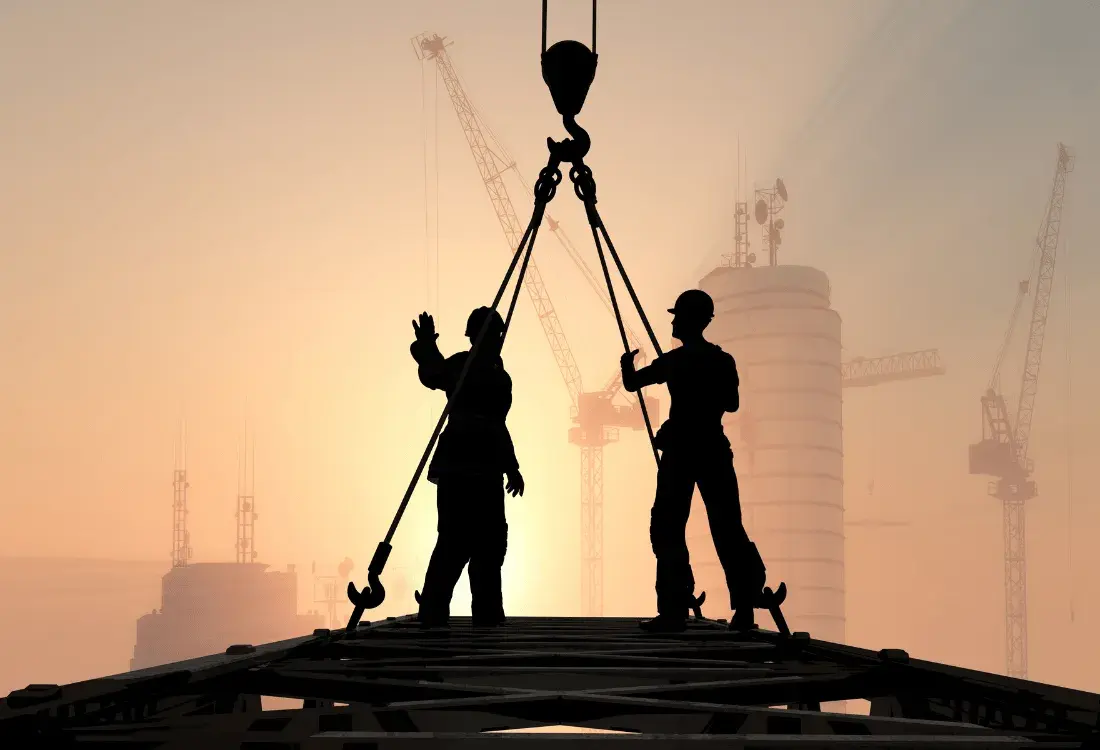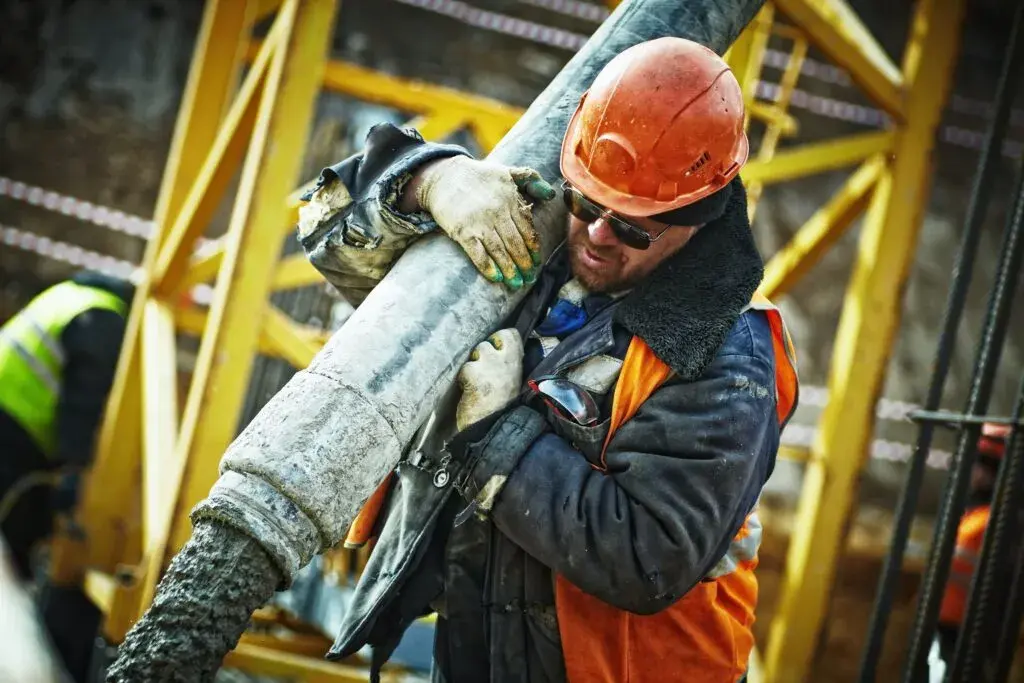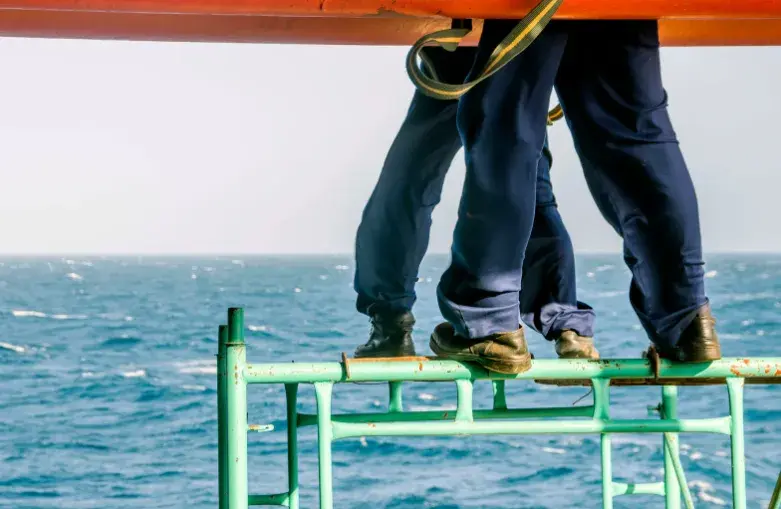What The Construction Industry Can Learn From An Increase In Falls From Height

Falls from height remain the leading cause of fatalities in construction, accounting for over half of all deaths on-site in 2022/23. Considering there was a worrying 15% rise in fatal injuries compared to the previous year, the industry clearly faces an urgent challenge. This recurring issue would seem to highlight systemic gaps in planning, technology and training.
However, these challenges also offer opportunities to reshape the industry’s future. By prioritising technological innovation and better safety equipment, combined with comprehensive planning, we can build a safer and more sustainable sector.
Urgently Needed Improvements
Statistics reveal an alarming reality. Falls from height consistently lead fatality rates, emphasising the need for immediate reforms. While high quality safety equipment is critical, equipment alone cannot address the underlying problems. A cultural shift towards proactive planning and risk management is also essential.
Planning
Insufficient planning often contributes to height-related accidents. Skimping on detailed risk assessments or ignoring safety protocols creates unnecessary vulnerabilities. Comprehensive preparation must include clear task delegation, appropriate and well-maintained equipment, and pre-emptive hazard identification.
Effective planning in this way helps foster a culture of accountability, ensuring that workers and supervisors communicate effectively to minimise risks.
Technology
Innovative technologies present promising solutions for reducing falls. Drones can handle inspections, while robotics can take on high risk tasks such as roof cleaning or turbine maintenance.
Digital platforms can also enhance on-site safety by tracking weather conditions or alerting teams to potential hazards. These tools not only reduce manual exposure to risky tasks but also reinforce consistent safety practices.
Data Collection
The lack of comprehensive data hinders efforts to address falls effectively. It’s estimated that only 30% of reportable incidents are logged with the Health and Safety Executive (HSE), leaving critical gaps in understanding.
Improving incident reporting is thus vital. Streamlined systems with easy-to-use interfaces, such as dropdown menus for root causes, could encourage higher reporting rates and provide insights for targeted interventions.
Training
Training is the cornerstone of accident prevention. Workers must understand how to identify risks, use equipment correctly, and follow safety protocols. Regular refresher courses and practical simulations can keep safety practices top of mind, while emphasising the correct use of equipment and promoting a culture where workers feel empowered to report hazards is critical to reducing incidents.
The construction industry’s future depends on learning from past mistakes. The rise in falls from height is a stark reminder of what’s at stake, in terms of lives, careers, and billions in costs. By committing to better planning, technology, data collection and training, the industry can prevent these tragedies and set a new standard for safety.
Learn more about how the construction industry can learn from falls from height to improve working conditions and worker safety by contacting Ability International today.
- Working At Height (62)
- injuries at work (23)
- Working at heights (22)
- Work At Height Equipment (20)
- Working At Height Equipment (16)
- desksurfer (14)
- Health & Safety (10)
- access platform (7)
- Scaffold tower hire (6)
- injuries (4)
- Rent a scaffold tower (3)
- Scaffold tower for sale (3)
- Work At Height Violation (3)
- work related injuries (3)
- Chimney Access (2)
- Scaffold tower lease (1)
- Servicing Work Equipment (1)
- case studies (1)
- scary facts (1)
Subscribe by email
You May Also Like
These Related Stories

The Difference Mandatory Training Can Make: Ontario Reduces Fall From Height Injuries By 19%

What Are The Main Reasons Construction Workers Fall From Height?




